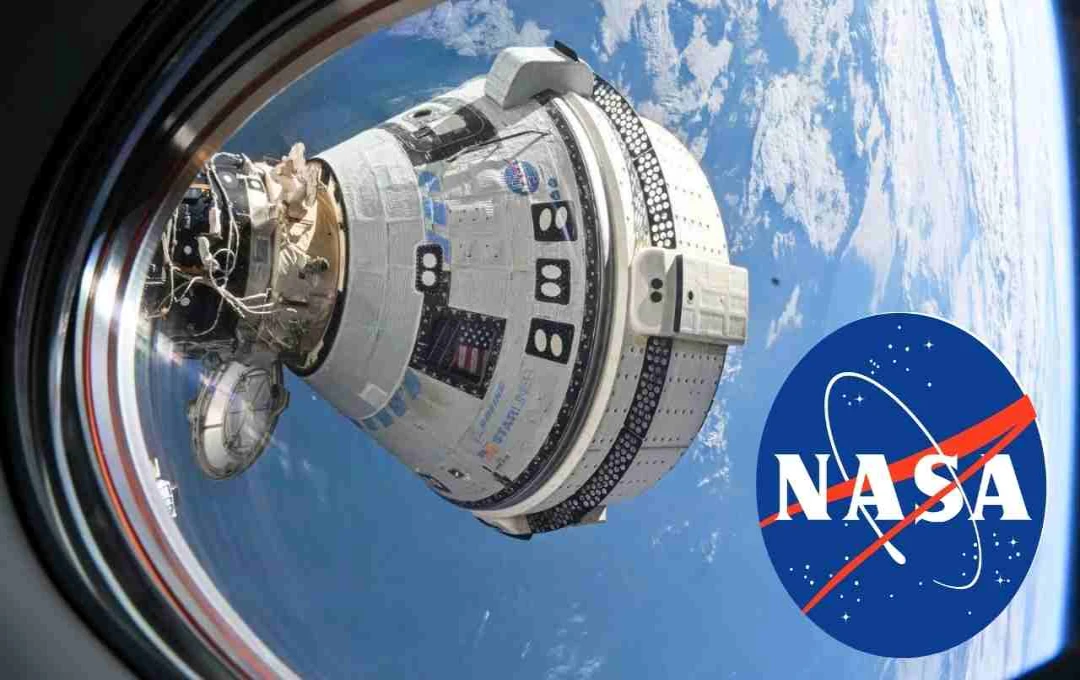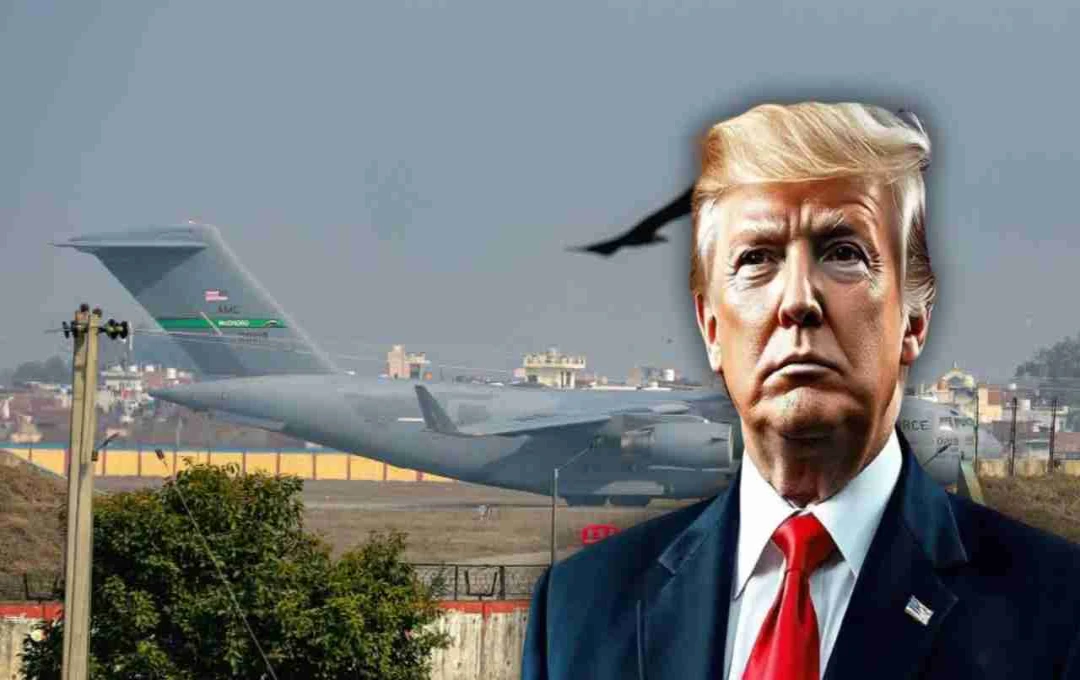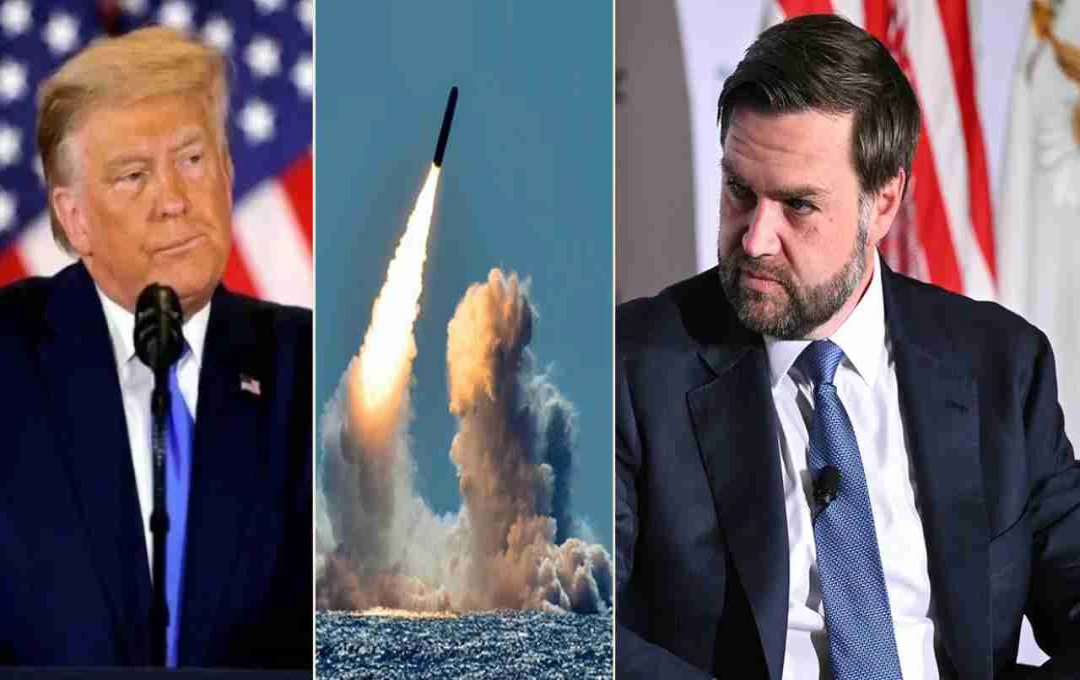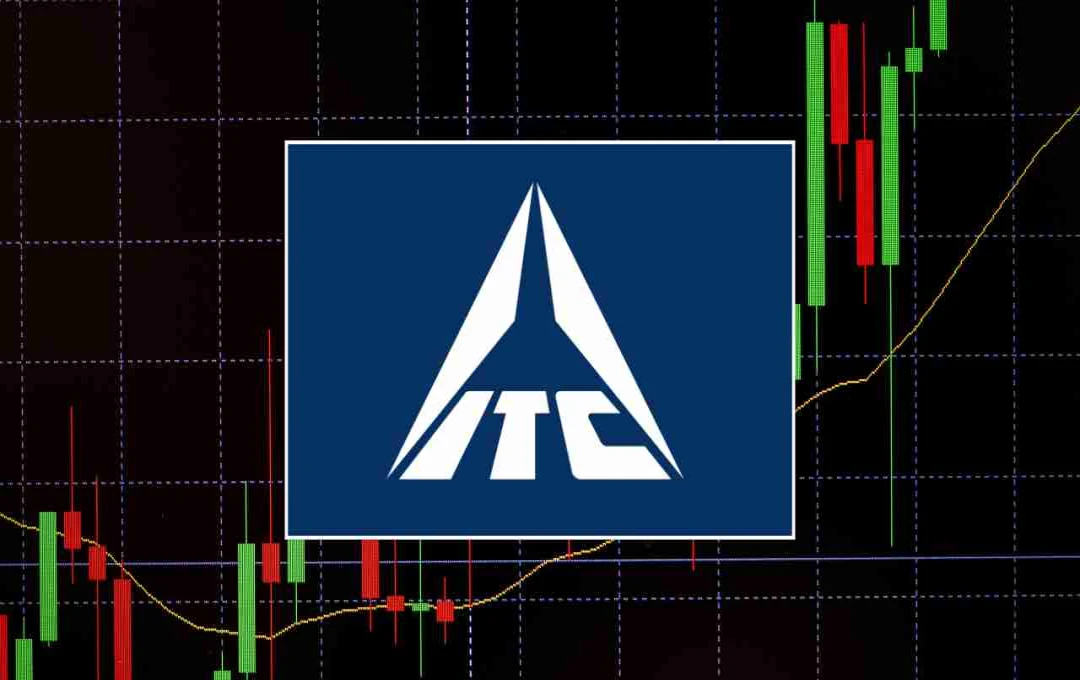NASA has decided to ground the Boeing CST-100 Starliner crew capsule until 2026. The Starliner has been the subject of much discussion since the technical malfunction that occurred in June 2024.
Boeing Starliner Grounded: NASA has decided to ground Boeing's CST-100 Starliner spacecraft until 2026. This decision comes after major technical flaws were discovered during the Starliner's crew flight test in June 2024. According to NASA, it could take until 2026 to fully rectify these problems and re-examine the necessary safety standards. As a result, all upcoming Boeing Starliner missions have been postponed or canceled.
What is the technical problem with the Boeing Starliner?
The Boeing Starliner was designed by NASA and Boeing to send manned missions into space. However, serious flaws in its system came to light during the crew flight test in June 2024. The major flaws that emerged were:
- Helium Gas Leak: It was confirmed that helium gas was leaking from several locations in the Starliner's system while reaching space. Helium is essential for the propulsion system, and its leakage is a major risk to the mission.
- Thrust Control Failure: During docking at the International Space Station (ISS), 5 out of 28 control thrusters on the Starliner stopped working. The failure of thrusters is considered an extremely serious problem in terms of the spacecraft's operation and control.
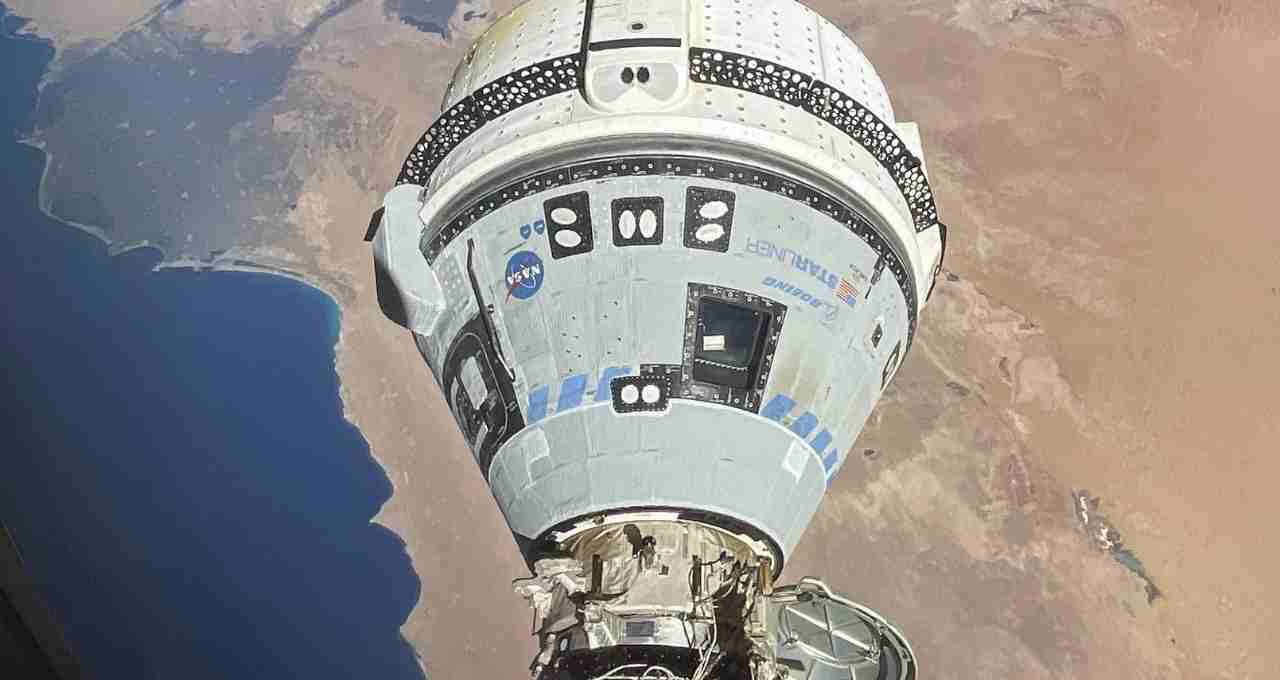
NASA's Decision: Why was such a big step taken?
Prioritizing the safety of astronauts, NASA decided to bring the Starliner back to Earth in an empty state. At that time, astronauts including Sunita Williams were stranded on the ISS. They were later safely returned to Earth via SpaceX's Dragon spacecraft.
According to senior NASA officials, Boeing and NASA are both conducting a detailed analysis of this technical glitch. However, it may take a long time to completely fix these flaws.
Why will it be grounded until 2026?
NASA and Boeing have jointly decided that until all the Starliner's problems are completely fixed, this spacecraft will not be allowed to fly any manned missions. A new test flight of the Starliner will be conducted by the end of 2025 or the beginning of 2026.
No astronauts will be involved in the next flight. This will be an unmanned test mission to test whether the spacecraft is safe after the improvements. Only if this test is successful will it be approved for manned missions again.
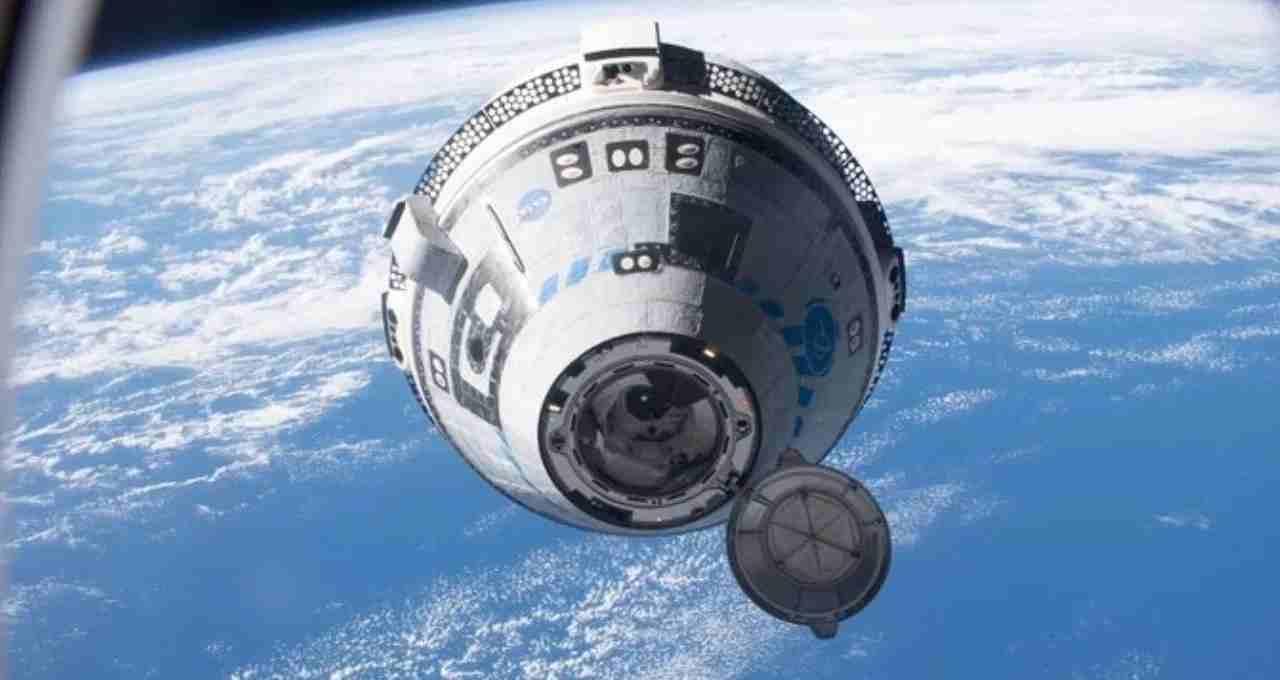
What does this decision mean for NASA and Boeing?
This decision is important not only for Boeing, but also for NASA's future space missions. NASA has made it clear in its strategy that there will be no compromise on the safety of astronauts. While Boeing Starliner is struggling with technical flaws, SpaceX's Crew Dragon is continuously carrying out successful missions.
In such a situation, NASA's trust with SpaceX is getting ber. The delay of the Starliner may affect Boeing's credibility and its competition in the space sector.
